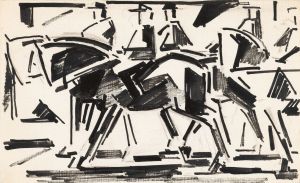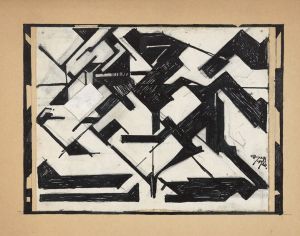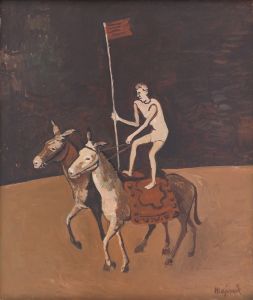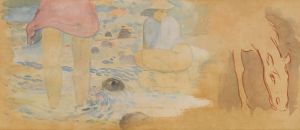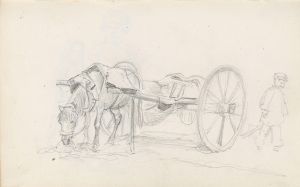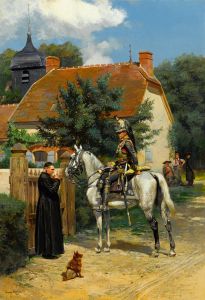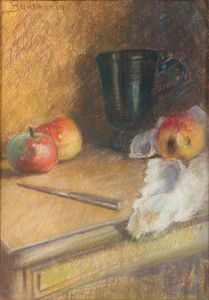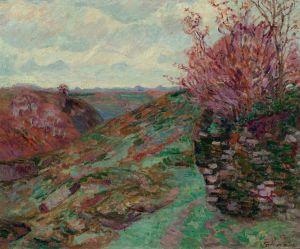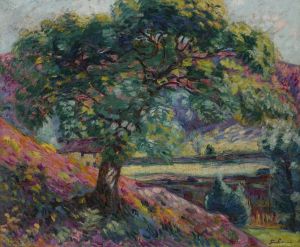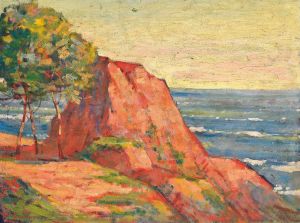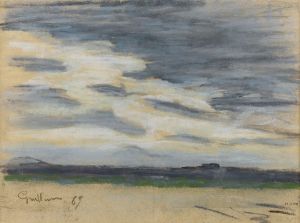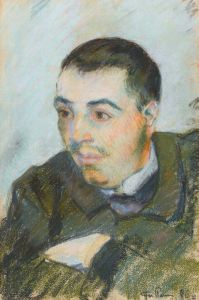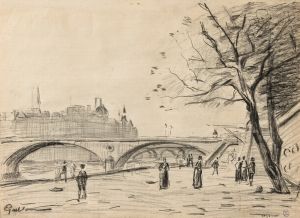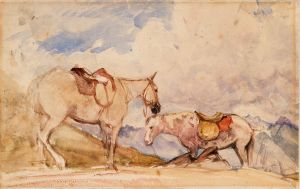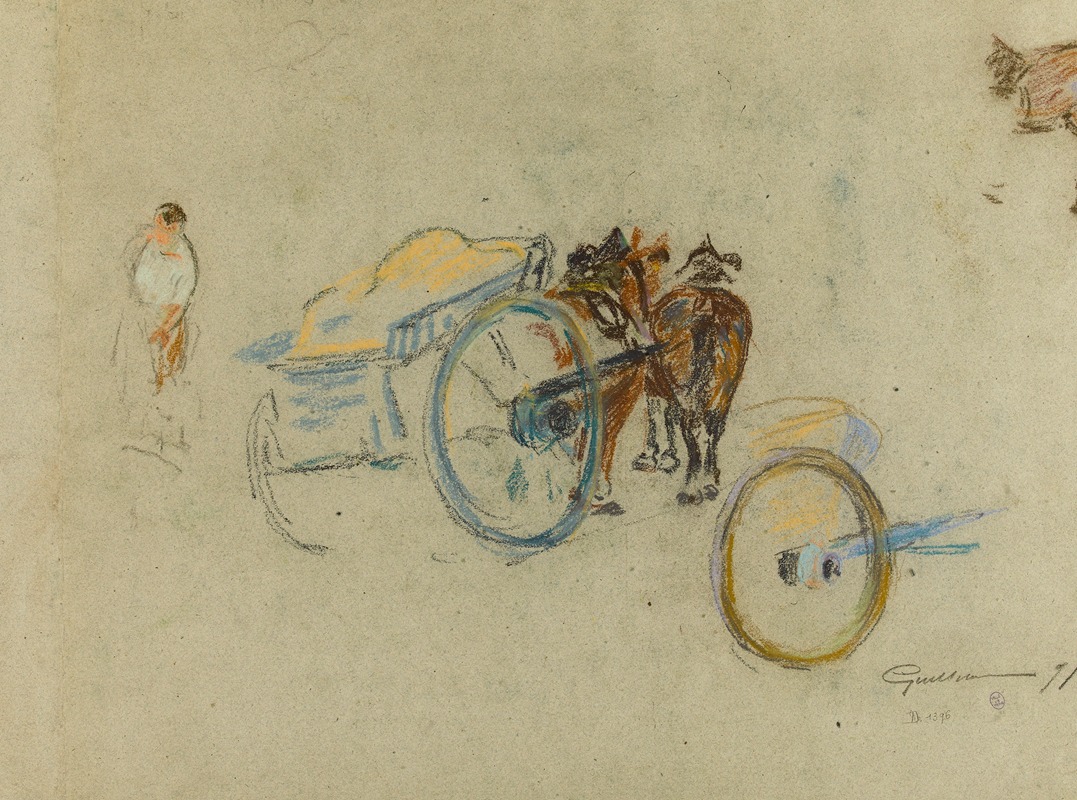
Tombereau attelé de deux chevaux
A hand-painted replica of Armand Guillaumin’s masterpiece Tombereau attelé de deux chevaux, meticulously crafted by professional artists to capture the true essence of the original. Each piece is created with museum-quality canvas and rare mineral pigments, carefully painted by experienced artists with delicate brushstrokes and rich, layered colors to perfectly recreate the texture of the original artwork. Unlike machine-printed reproductions, this hand-painted version brings the painting to life, infused with the artist’s emotions and skill in every stroke. Whether for personal collection or home decoration, it instantly elevates the artistic atmosphere of any space.
Armand Guillaumin was a notable French impressionist painter, known for his vibrant use of color and his depictions of the French countryside. One of his works, "Tombereau attelé de deux chevaux," exemplifies his style and thematic focus. While there is limited specific information available about this particular painting, we can explore Guillaumin's broader artistic context and his contributions to the Impressionist movement to better understand the significance of his work.
Armand Guillaumin was born on February 16, 1841, in Paris, France. He was associated with the Impressionist movement, which emerged in the late 19th century as a reaction against the rigid conventions of academic art. Impressionists sought to capture the effects of light and atmosphere, often painting en plein air, or outdoors, to directly observe their subjects. Guillaumin was a contemporary of other renowned Impressionists, such as Claude Monet, Pierre-Auguste Renoir, and Camille Pissarro, and he participated in several of the Impressionist exhibitions that took place between 1874 and 1886.
Guillaumin's work is characterized by its bold use of color and dynamic compositions. He had a particular affinity for landscapes and rural scenes, often depicting the natural beauty of regions such as the Creuse Valley and the area around the River Seine. His paintings are noted for their vibrant hues and expressive brushwork, which convey a sense of immediacy and movement.
"Tombereau attelé de deux chevaux" likely depicts a rural scene involving a horse-drawn cart, as suggested by the title. This subject matter aligns with Guillaumin's interest in capturing everyday life and the working landscapes of France. The use of horses and carts in his paintings reflects the agrarian lifestyle that was prevalent in the French countryside during the late 19th century. Such scenes would have been familiar to contemporary viewers and resonated with the Impressionist focus on modern life and its surroundings.
Guillaumin's contribution to the Impressionist movement is significant, although he is often less well-known than some of his contemporaries. His dedication to exploring color and light influenced the development of modern art, and his works continue to be appreciated for their vivid portrayal of nature and rural life. Despite facing financial difficulties throughout much of his career, Guillaumin remained committed to his artistic vision, and his perseverance eventually led to recognition and success.
In summary, while specific details about "Tombereau attelé de deux chevaux" are scarce, the painting can be appreciated within the broader context of Armand Guillaumin's oeuvre and the Impressionist movement. His focus on color, light, and rural landscapes offers a glimpse into the everyday life of 19th-century France and highlights his role as a key figure in the evolution of modern art.





